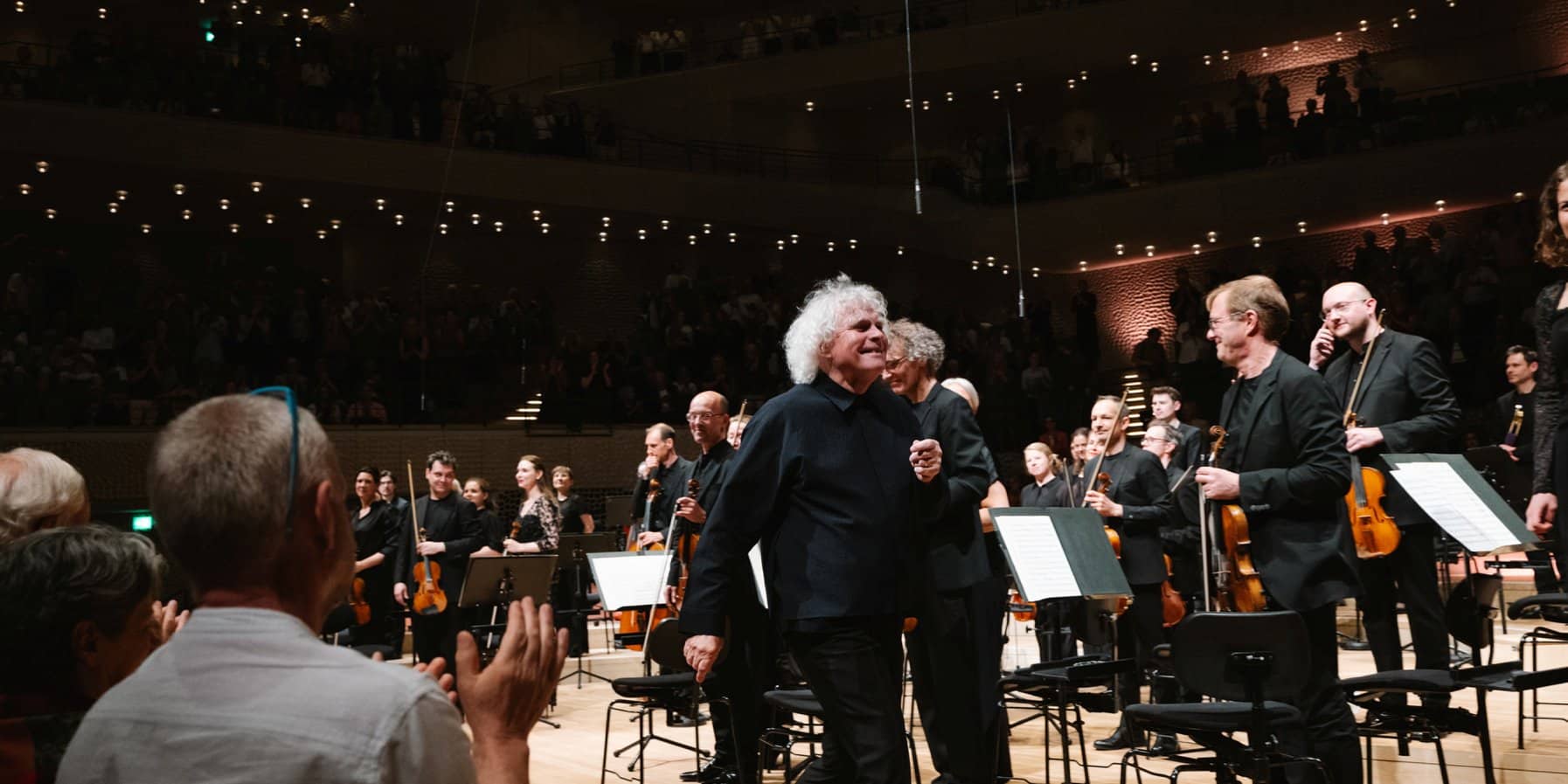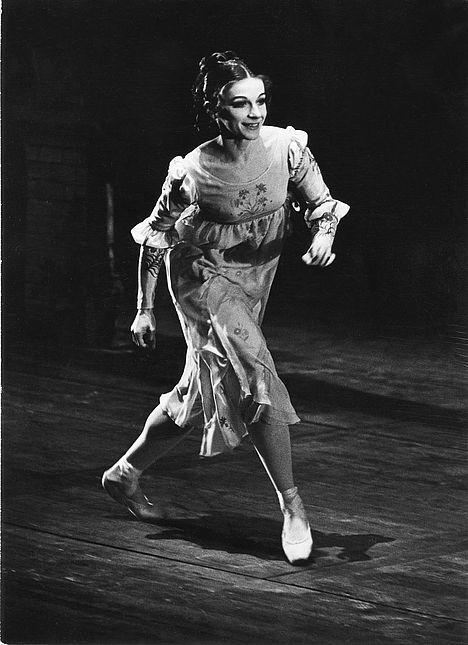Orchestra agrees 80% pay cut to keep City Opera alive – just
mainDetails emerging of the deal between City Opera and the musicians union shows that the orchestra all but rolled over and played dead. They have agreed to slash minimum annual earnings per player from $40,000 to $7,000. That suggests City Opera won’t be playing much nextb year – if at all. More here.





While I agree that this is appalling, and at risk of opening myself up to vitriol and charges of cold-heartedness, I wonder if there are maybe some misconceptions here. I did not subscribe to Wall Street Journal in order to read the full story, but having worked in orchestra management in the States many years ago, and having been active in the American Symphony Orchestra League in the ’80s-90s, some thoughts occur to me. First, it should be noted that the previous $40,000 guaranteed minimum is for 5 months’ work, and I assume since it’s a guaranteed minimum, that would be for a tutti player; titled chairs will receive more – often much more. The language suggests to me a “per service” orchestra where there are a minimum number of services guaranteed at varying rates and each member is paid for the services he or she plays, so that the lowest-paid members receive the guaranteed minimum regardless of how many services they are called for; the figure isn’t their “salary”, it’s a promise of the minimum any member of the orchestra will earn in one season. I would guess that the drop from $40k guaranteed to $7k doesn’t reflect so much a drop in per service pay, but rather in the NUMBER of services that are guaranteed, or possibly a combination of the two. (Some players quite likely will make substantially more – for instance, those who are required for every production, and of course titled chairs.) It’s possible – and I make no claims that this is the case, I’m just saying it’s a possibility – that the drastically-reduced “guaranteed minimum” reflects the ruling definition of the orchestra’s make-up versus the planned repertoire and number of productions over the next years. For instance – if financial or artistic considerations are causing them to program more smaller-scaled operas requiring smaller forces in the pit (think baroque opera, Mozart), they may have wanted the reduced guaranteed minimum to reflect the fact that maybe they won’t need full brass, percussion,harp, etc and possibly only winds in pairs (if even that) for more than two or three productions per season. If that’s the case, it’s understandable that they wouldn’t want to be required to pay someone $40,000 to play one opera. At a 5-month season, while the City Opera income may be an important component in the musicians’ annual income, it’s clearly not their only employer (and I suspect in many cases not even the primary employer). Yes, it’s a tragedy when financial considerations can become the rudder that steers artistic decisions (and as always, the artists are the first to suffer). But before we hurl invective at the management, let me say that in many cases the staffs have been cut to the bone, people are working very long hours with little recognition or thanks and in constant fear that their own jobs may soon end, and usually at lower pay than in most other fields. And the long hours (including regular office hours plus concert evenings and weekends) precludes the staff from having other employment to supplement their main gig. Not everyone working in the arts in the States enjoys the inflated pay scales and royal perks that the very few at the top of the biggest institutions enjoy. In fact, many of them barely scrape by. Just saying. I would be very interested to hear from someone at City Opera or in the orchestra if indeed the scale is essentially intact but the number of guaranteed services has been cut back drastically – or a combination of the two.
Here’s a Forbesian viewpoint as to saving American orchestras:
http://www.forbes.com/sites/tedgavin/2012/01/18/saving-american-symphony-orchestras-in-four-movements-2/